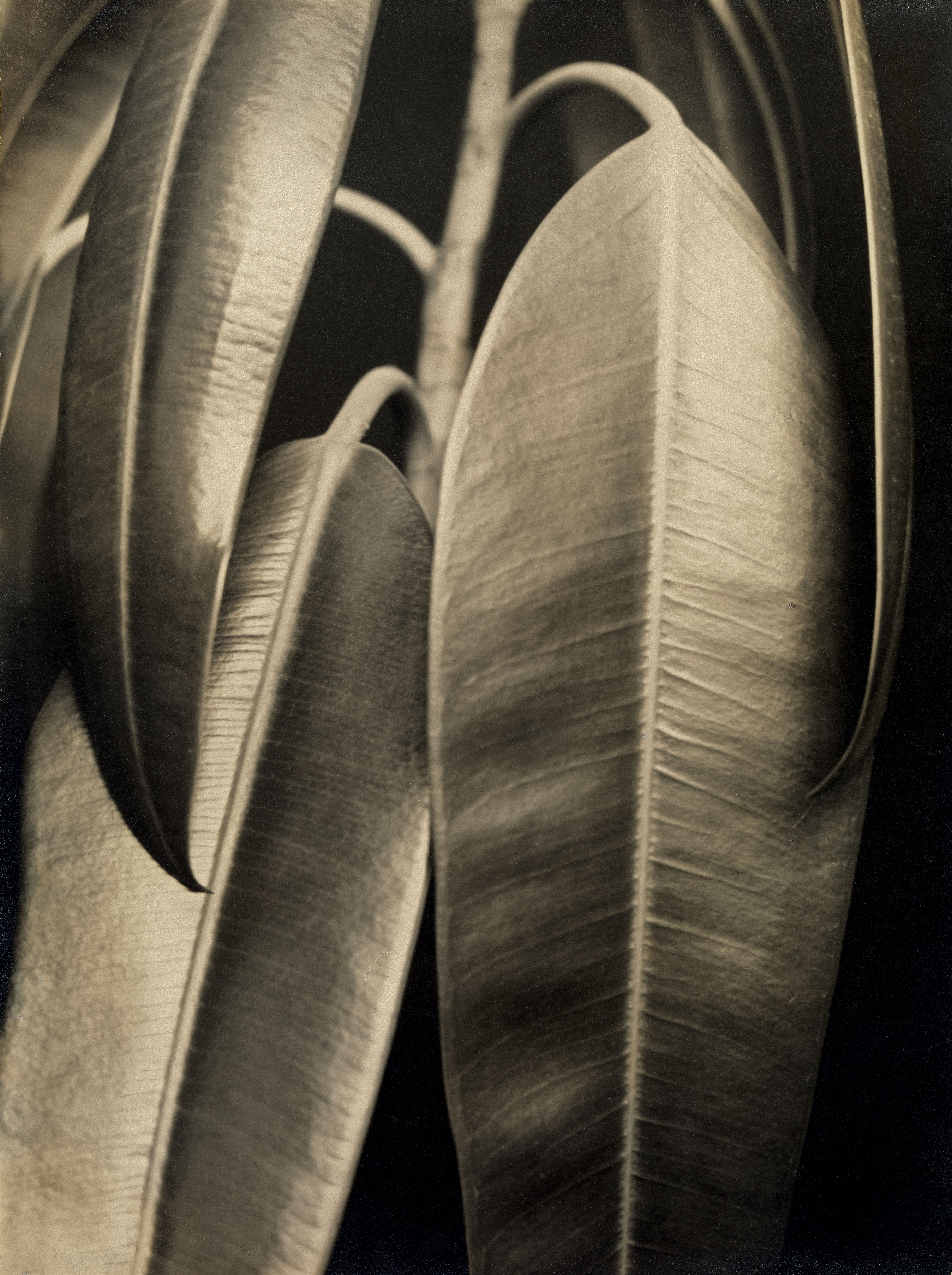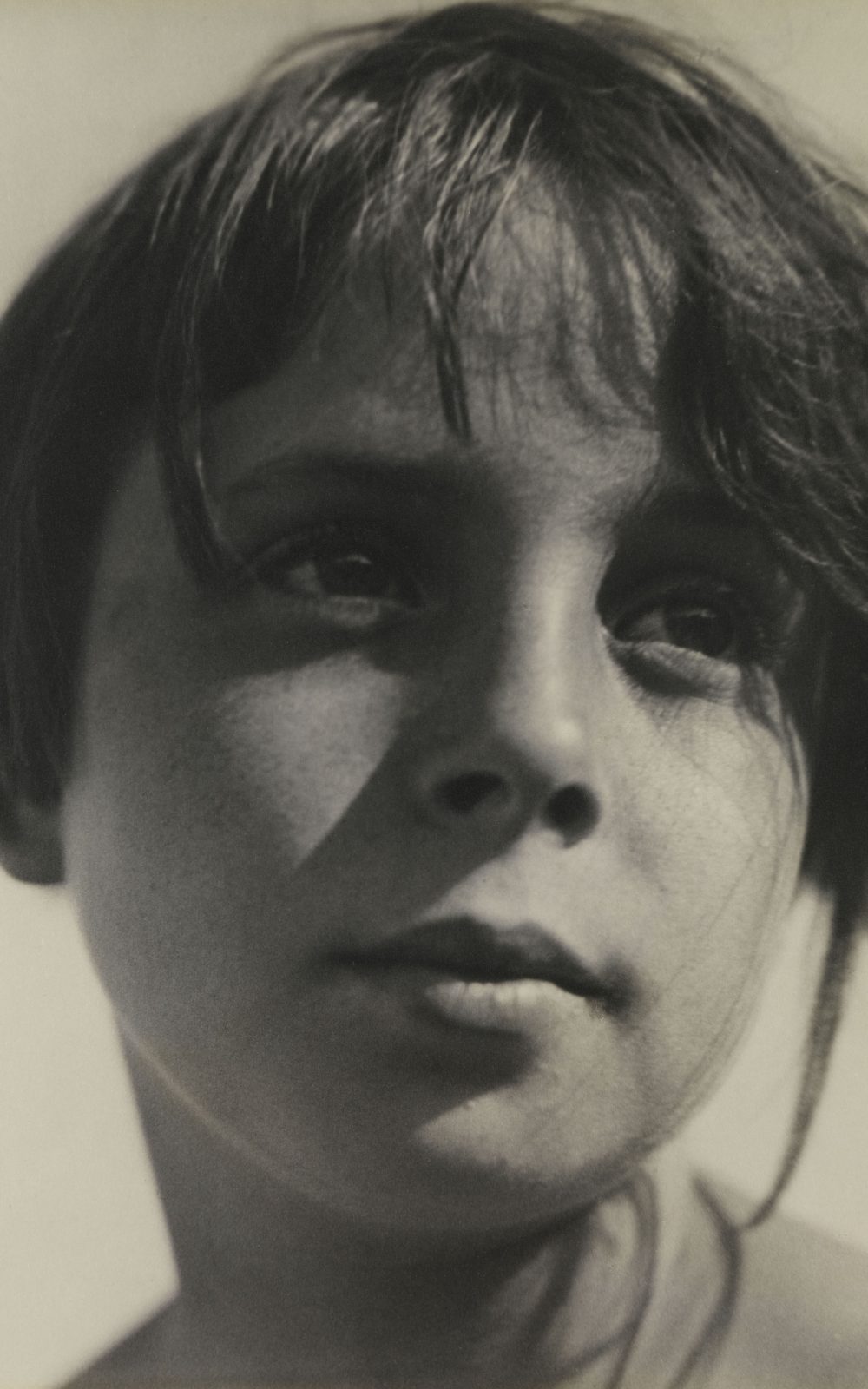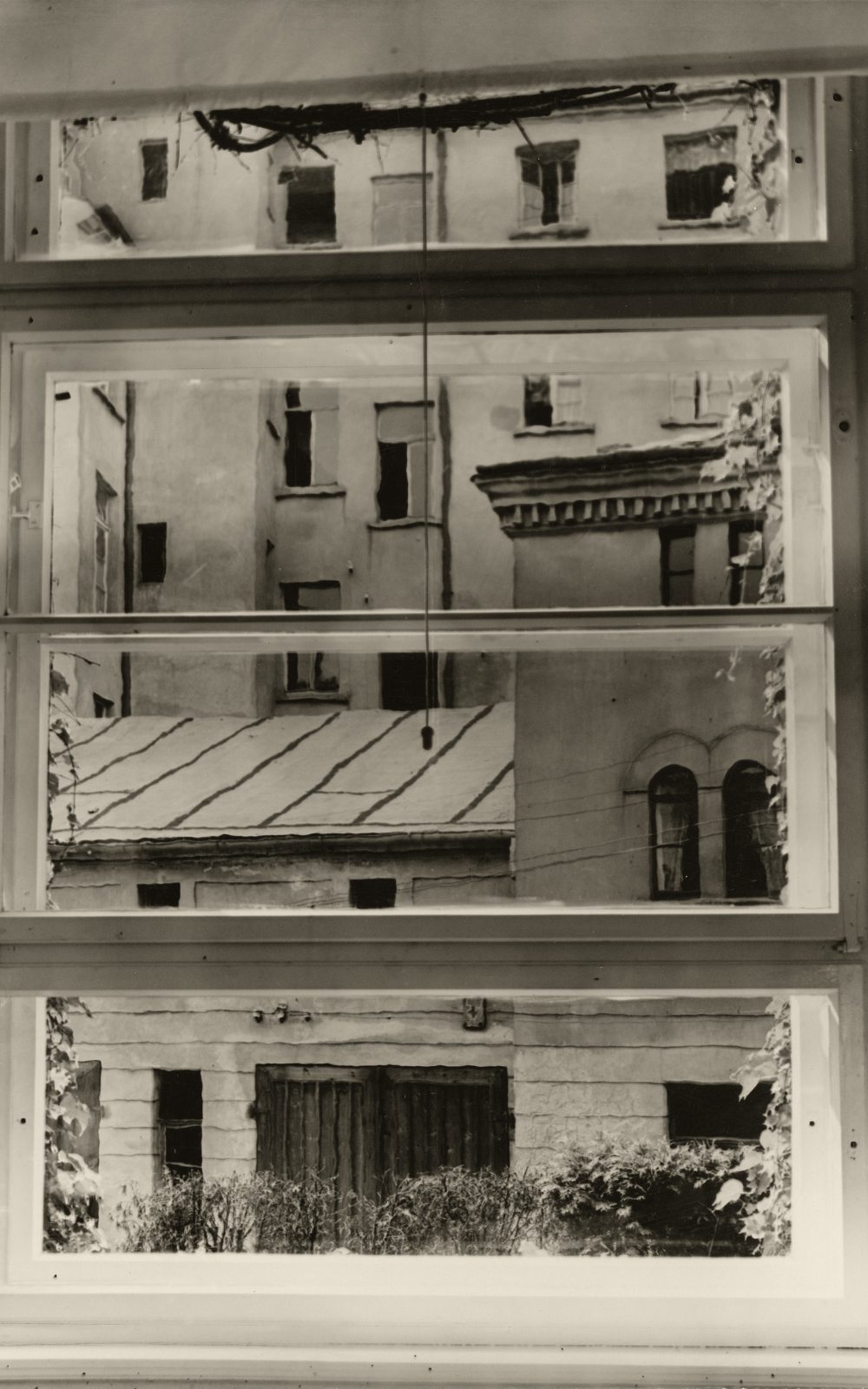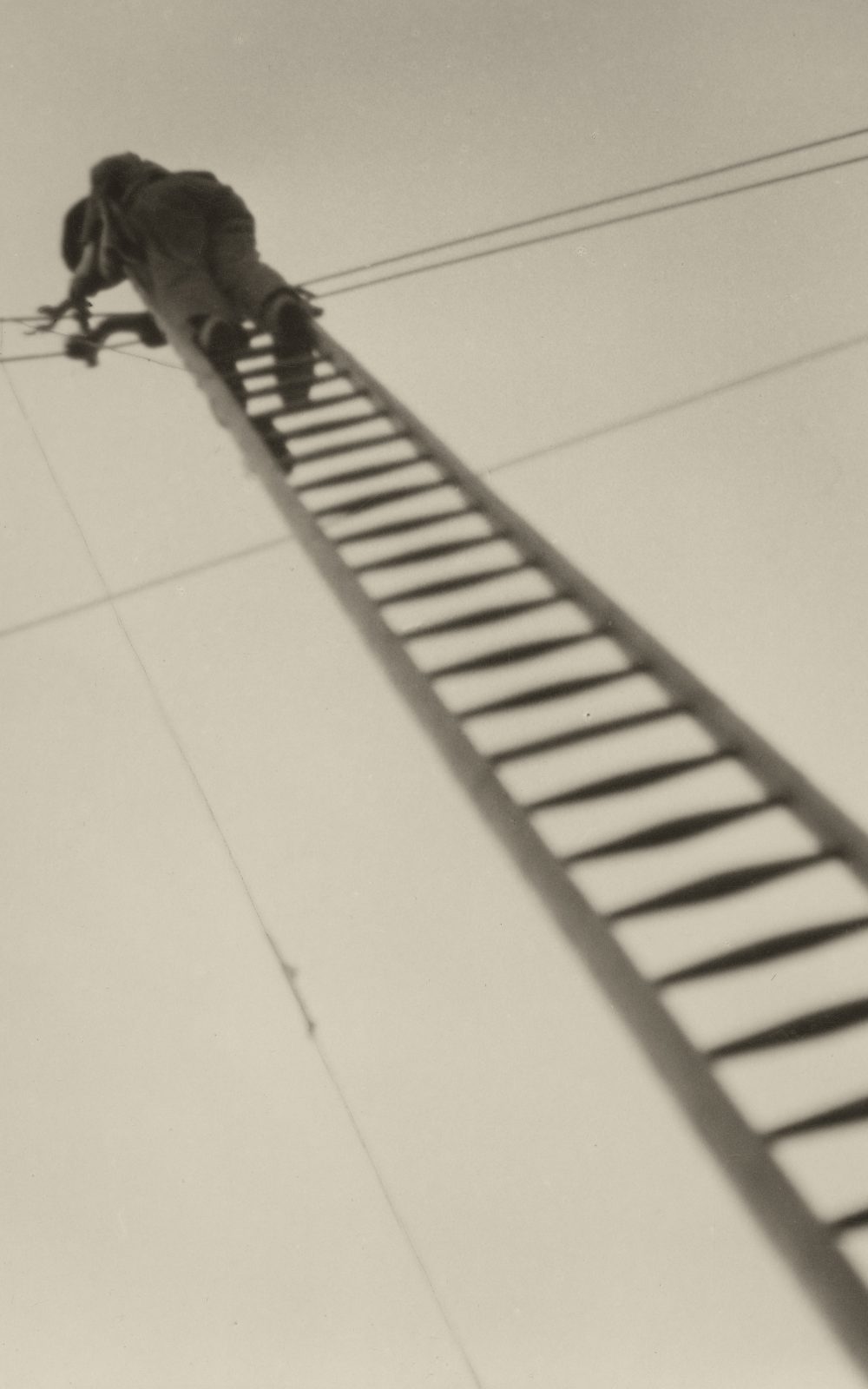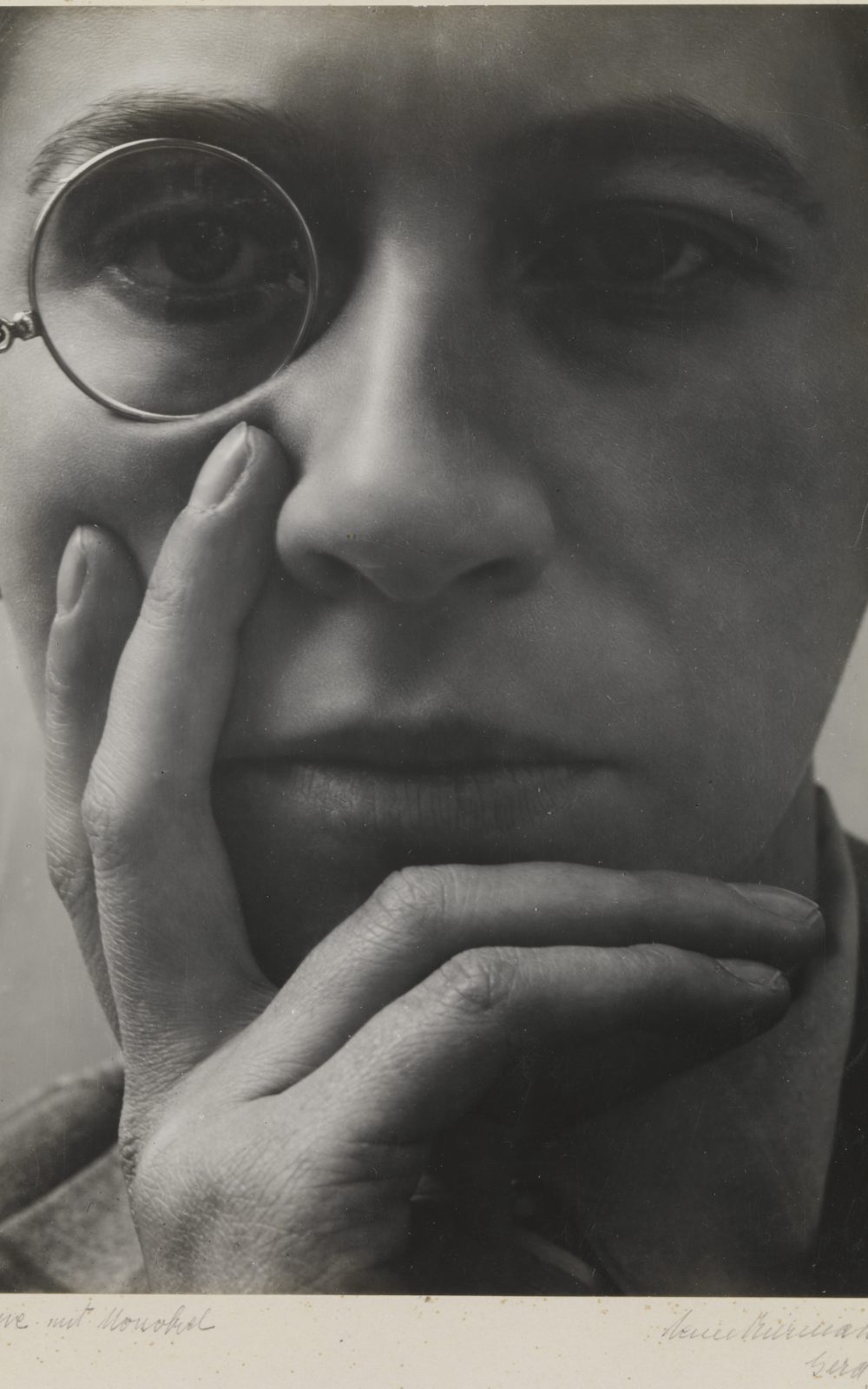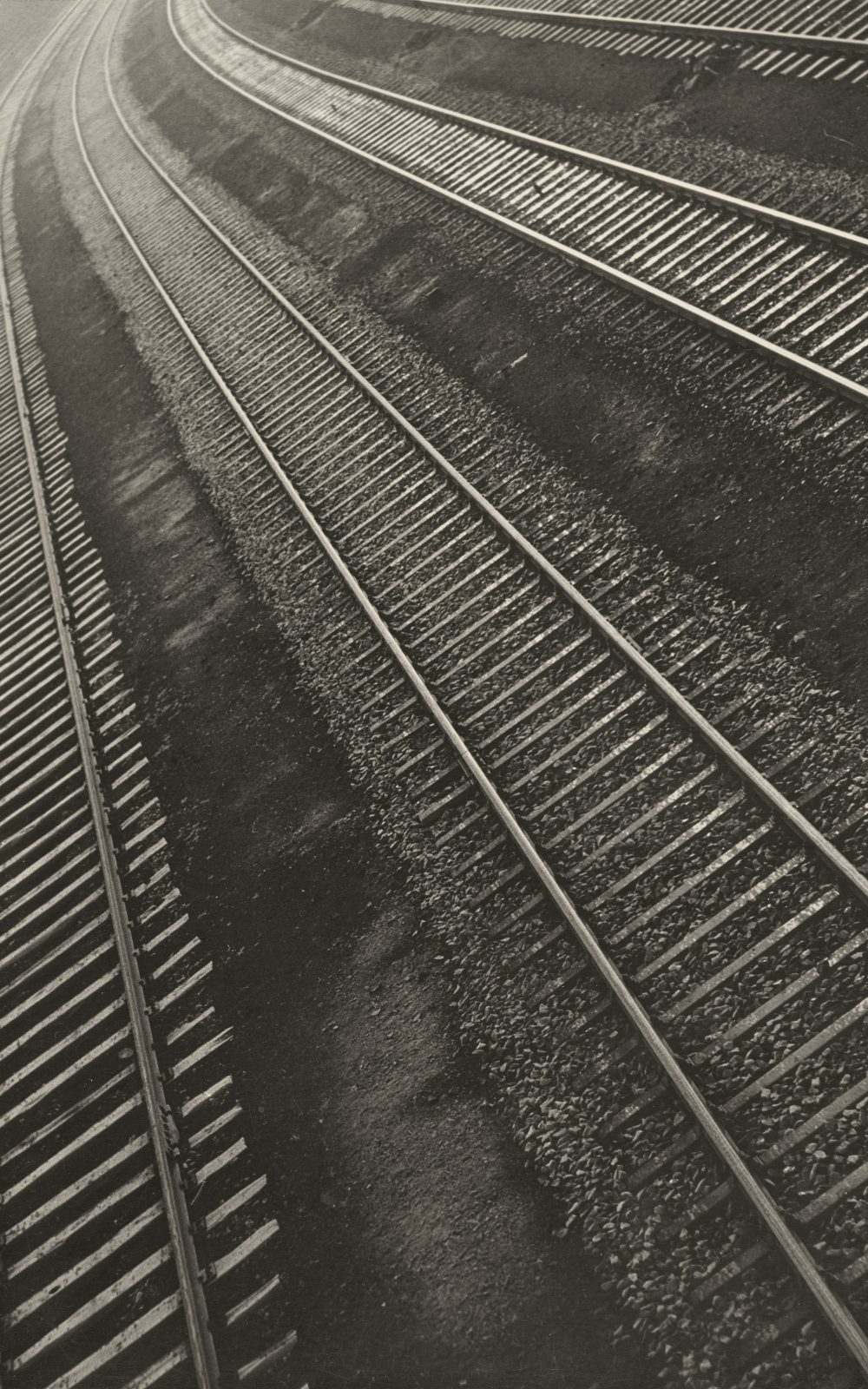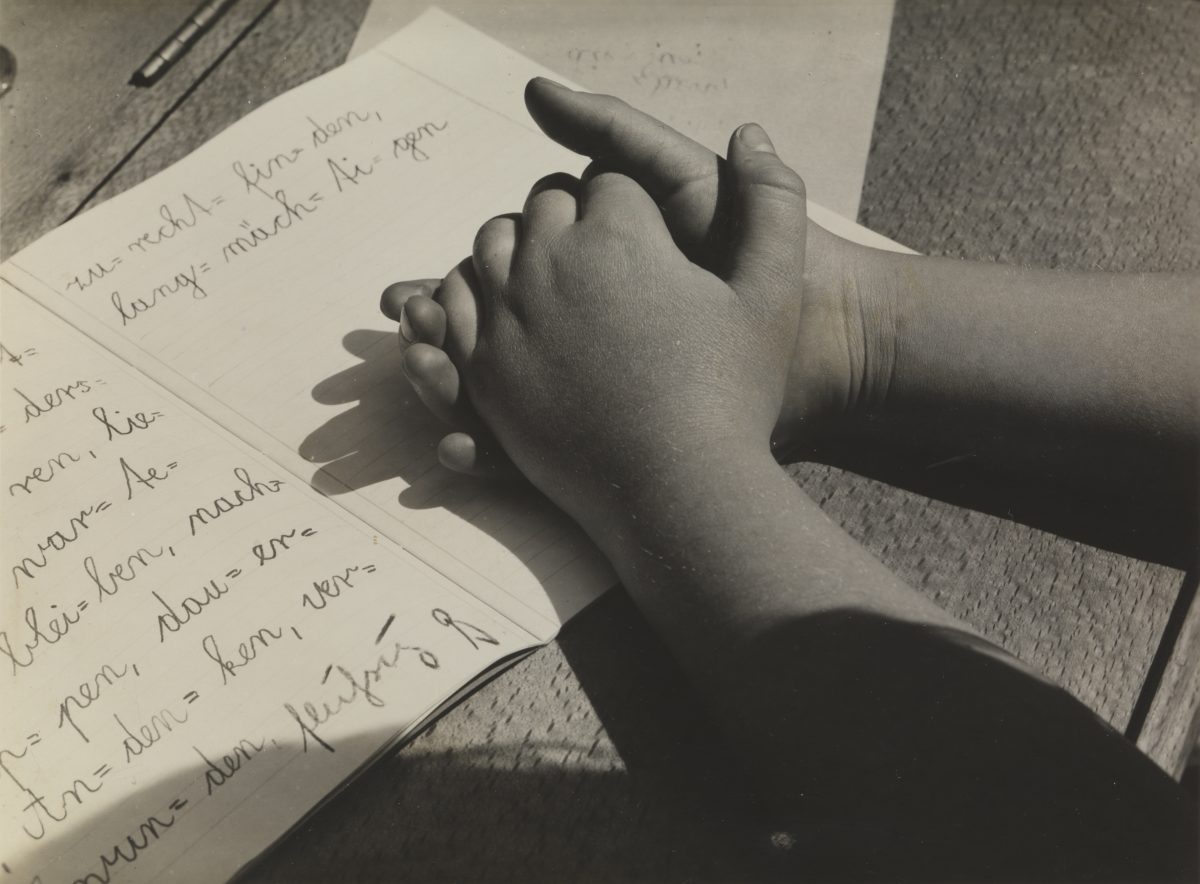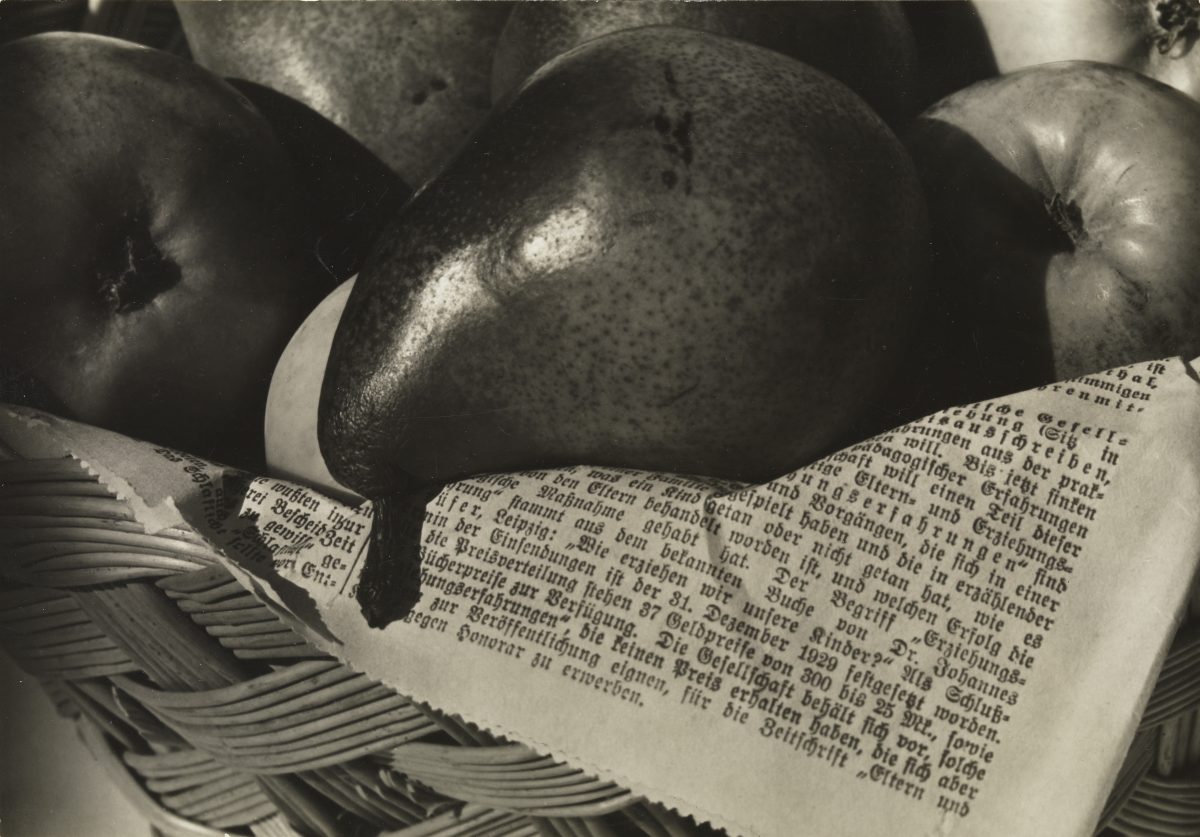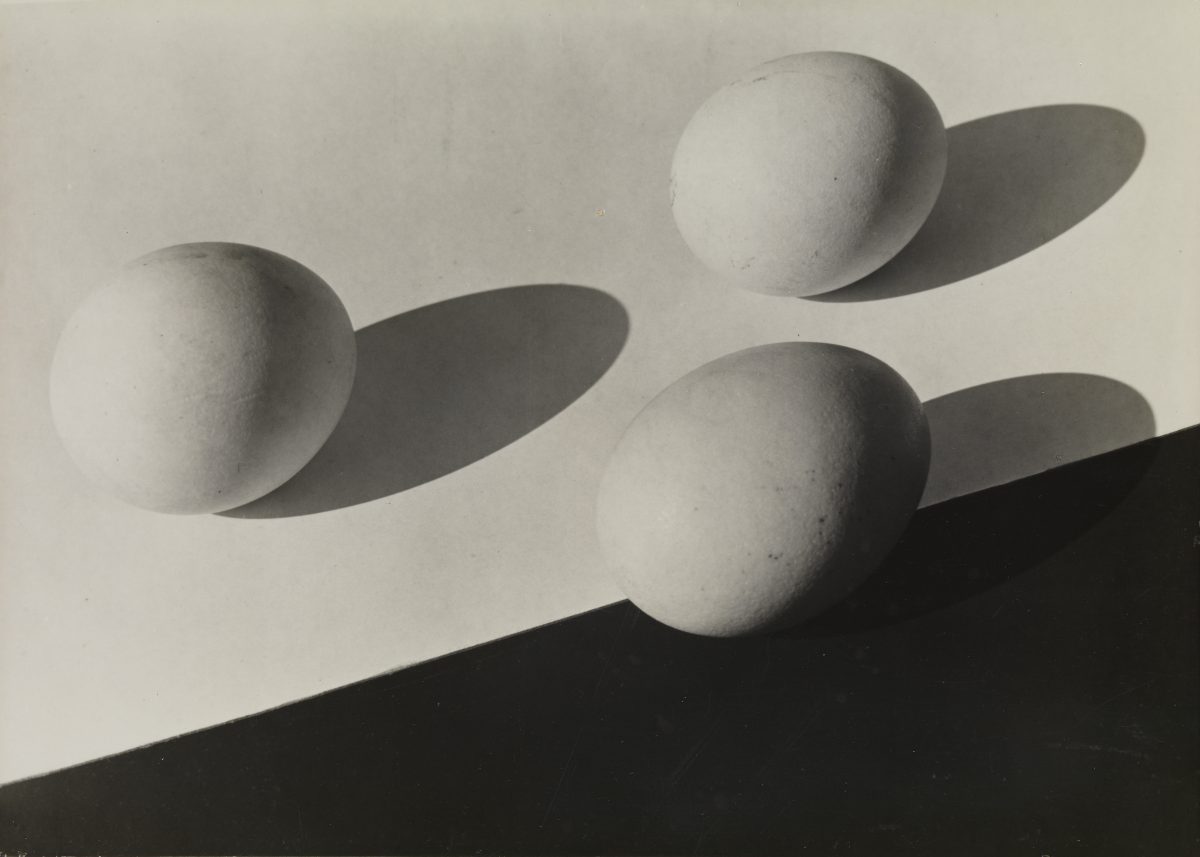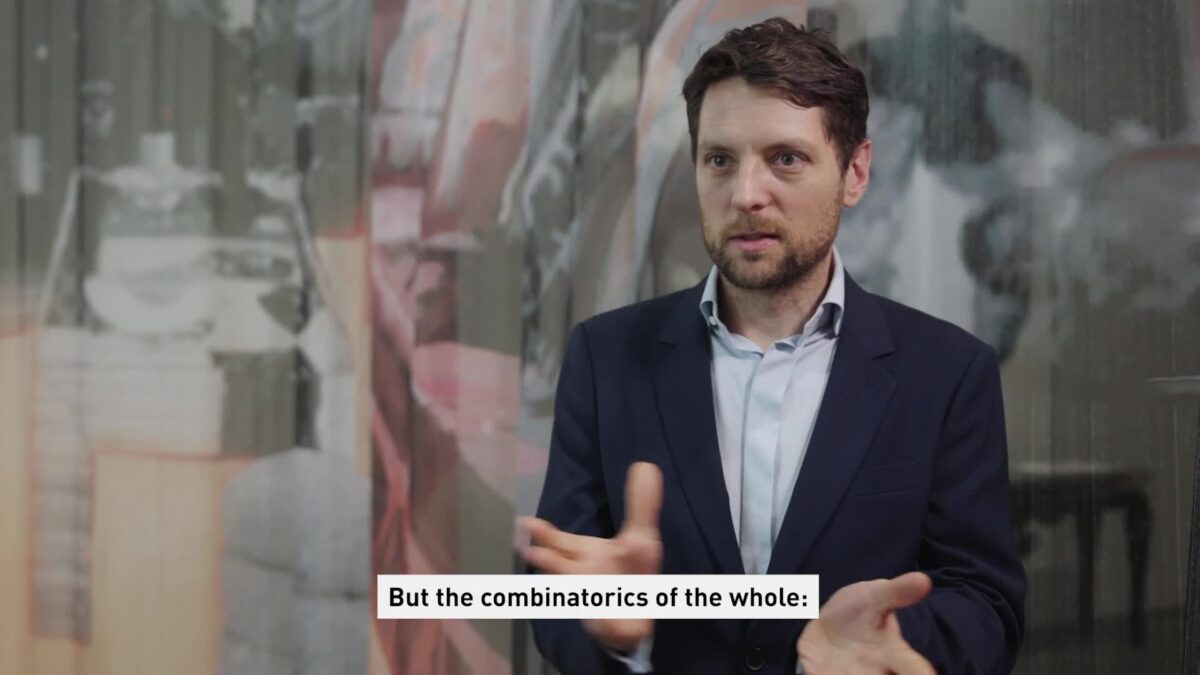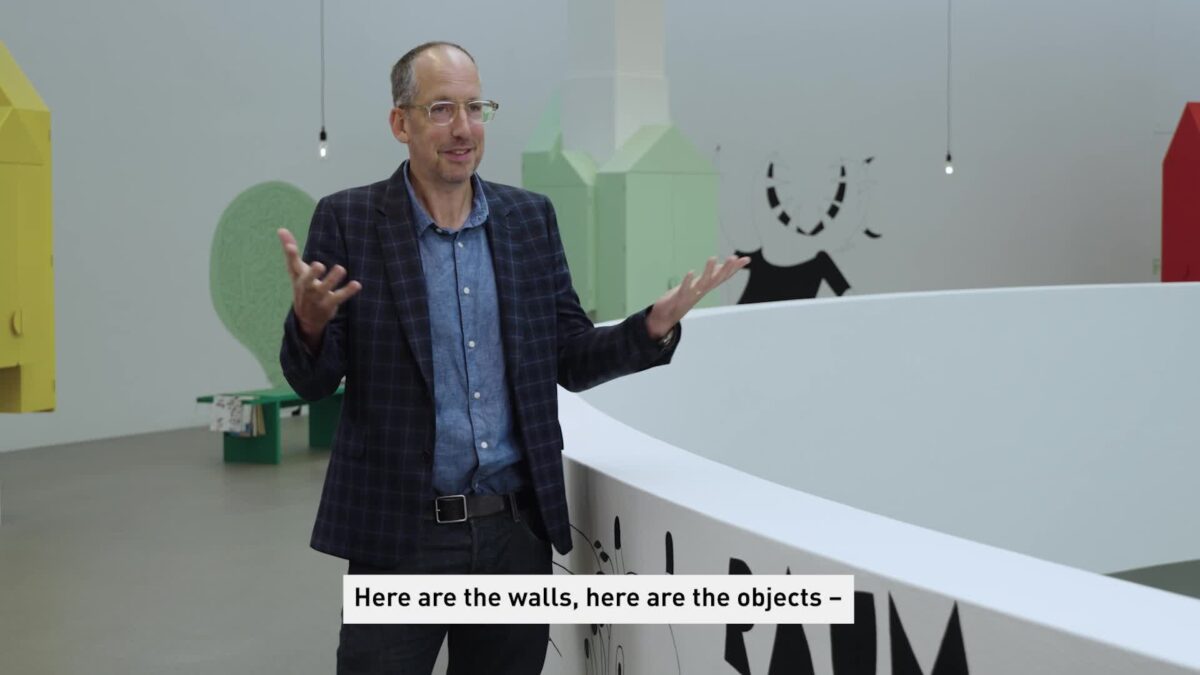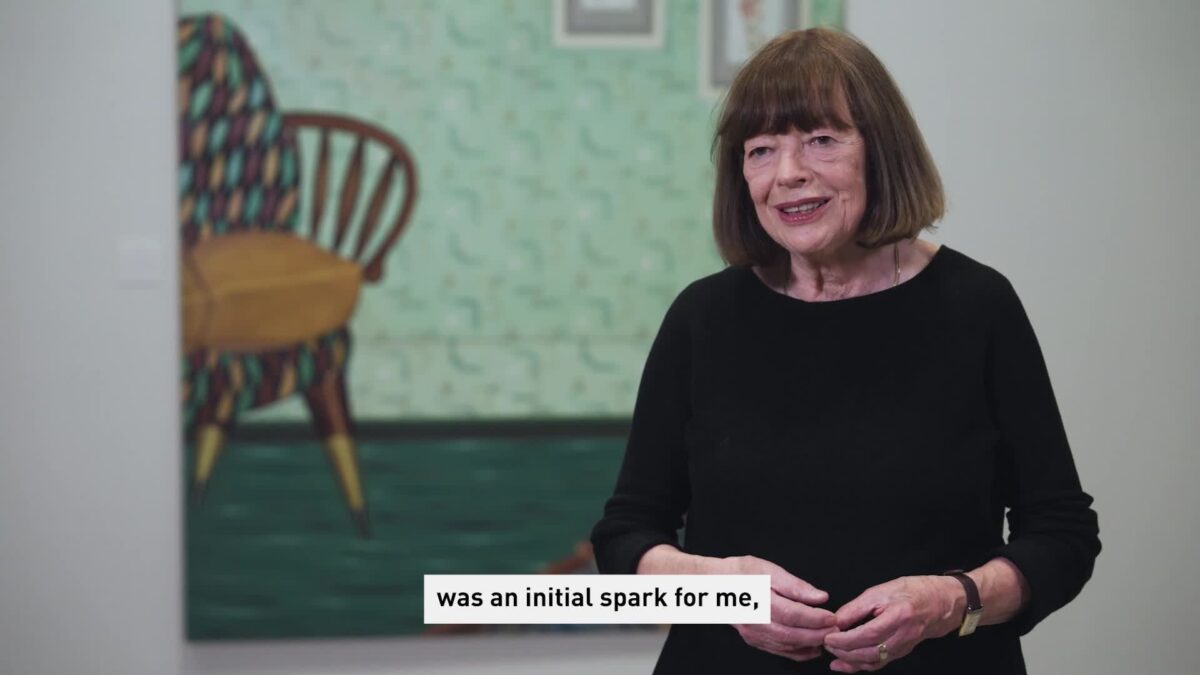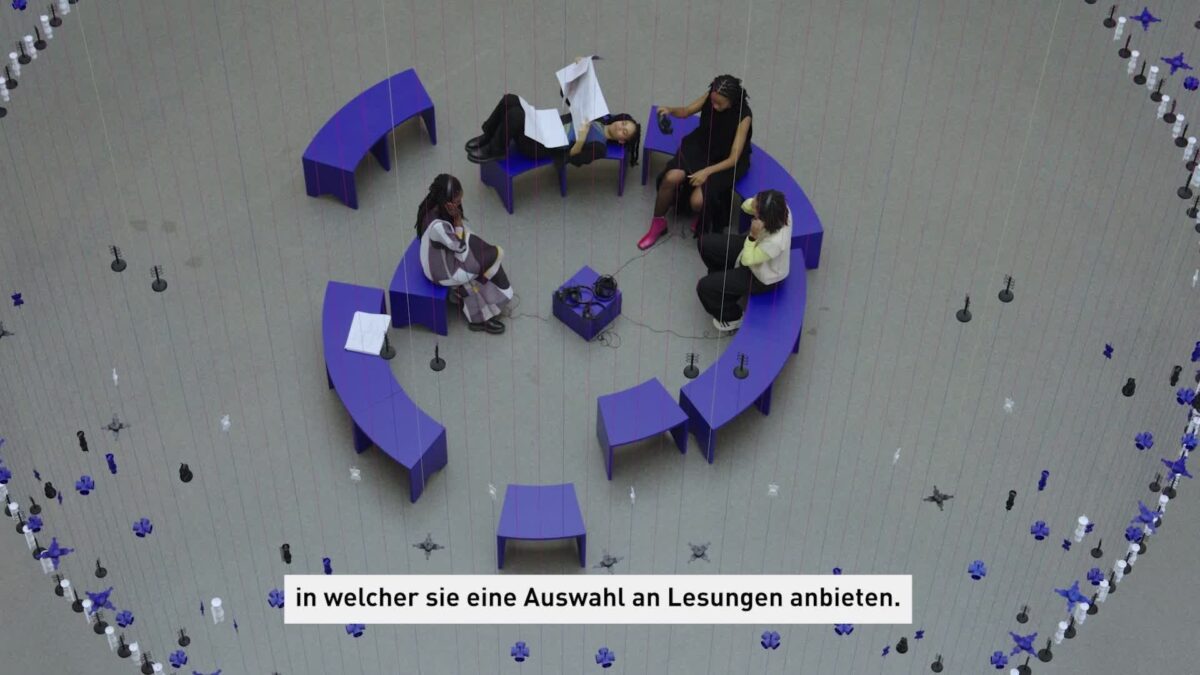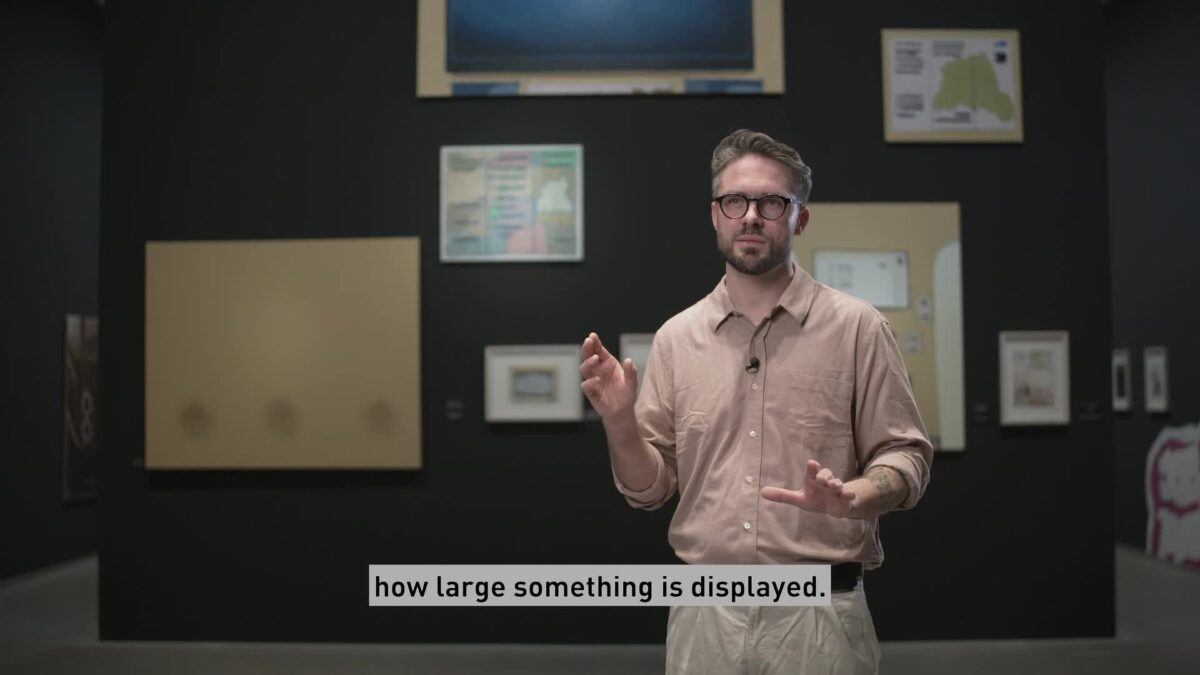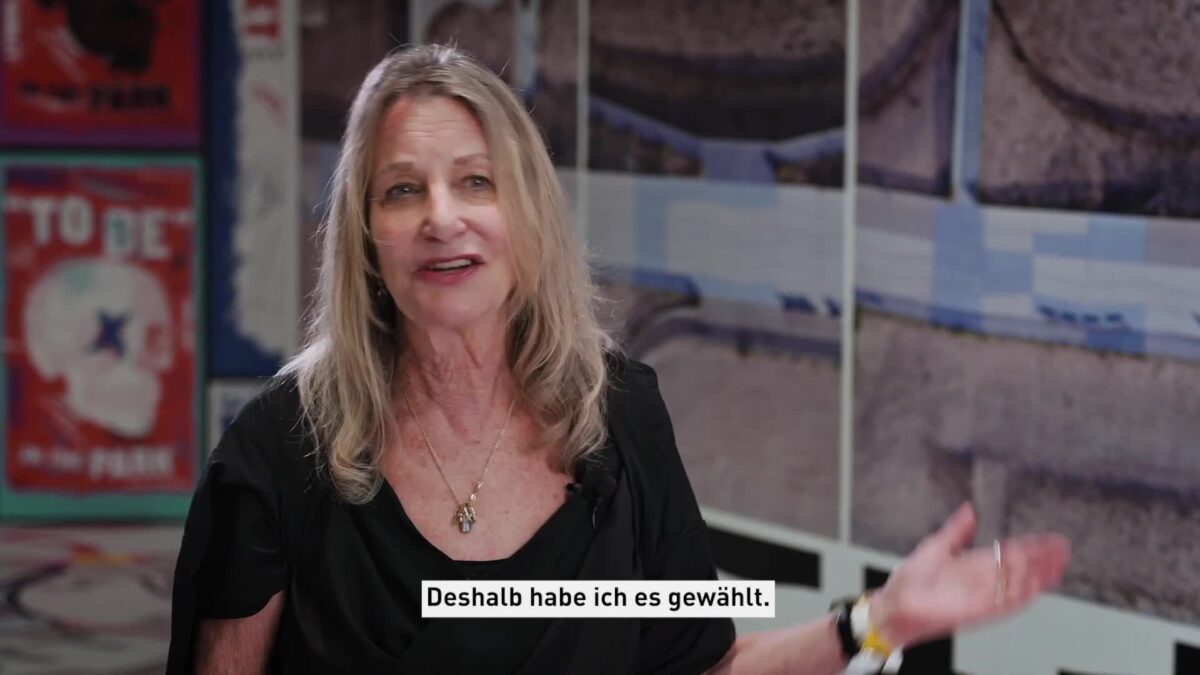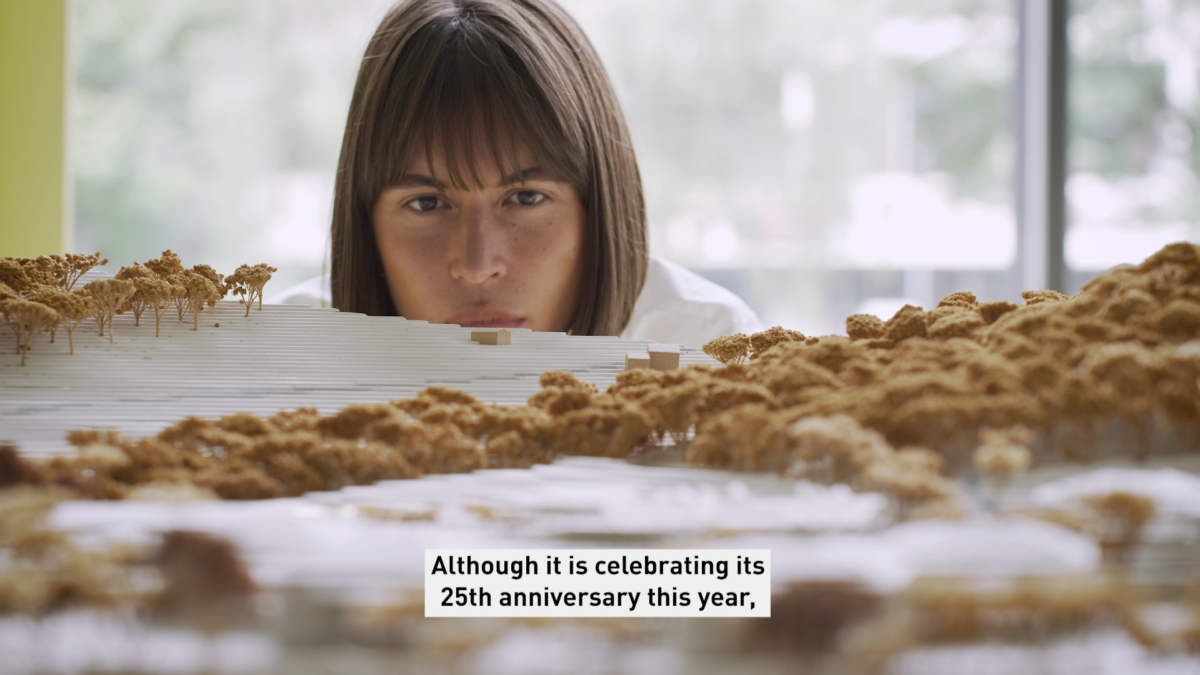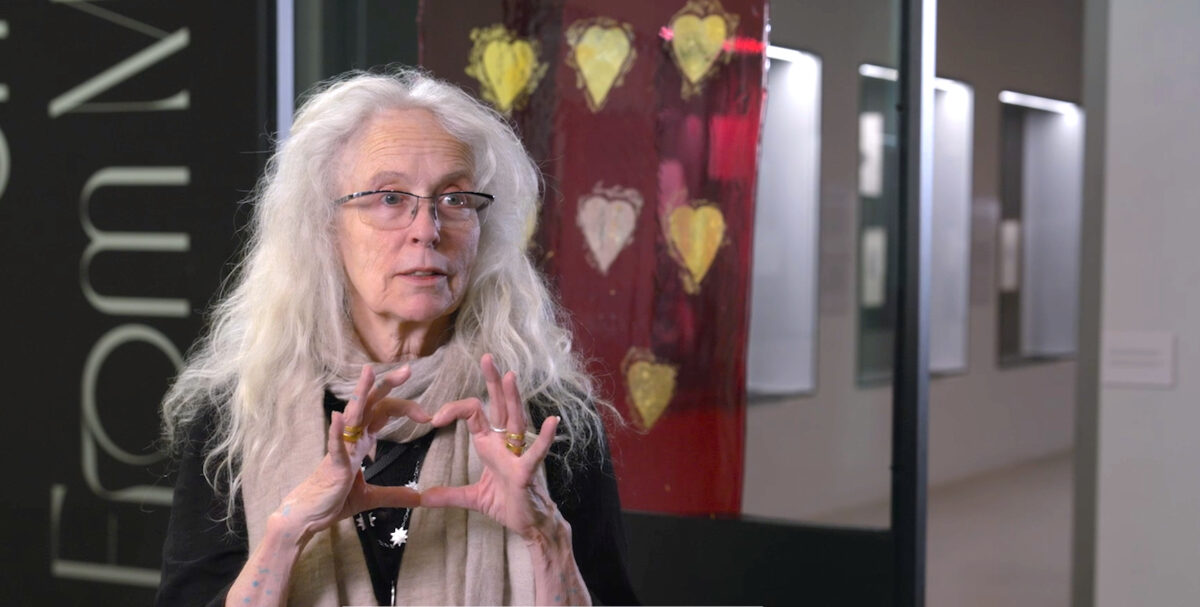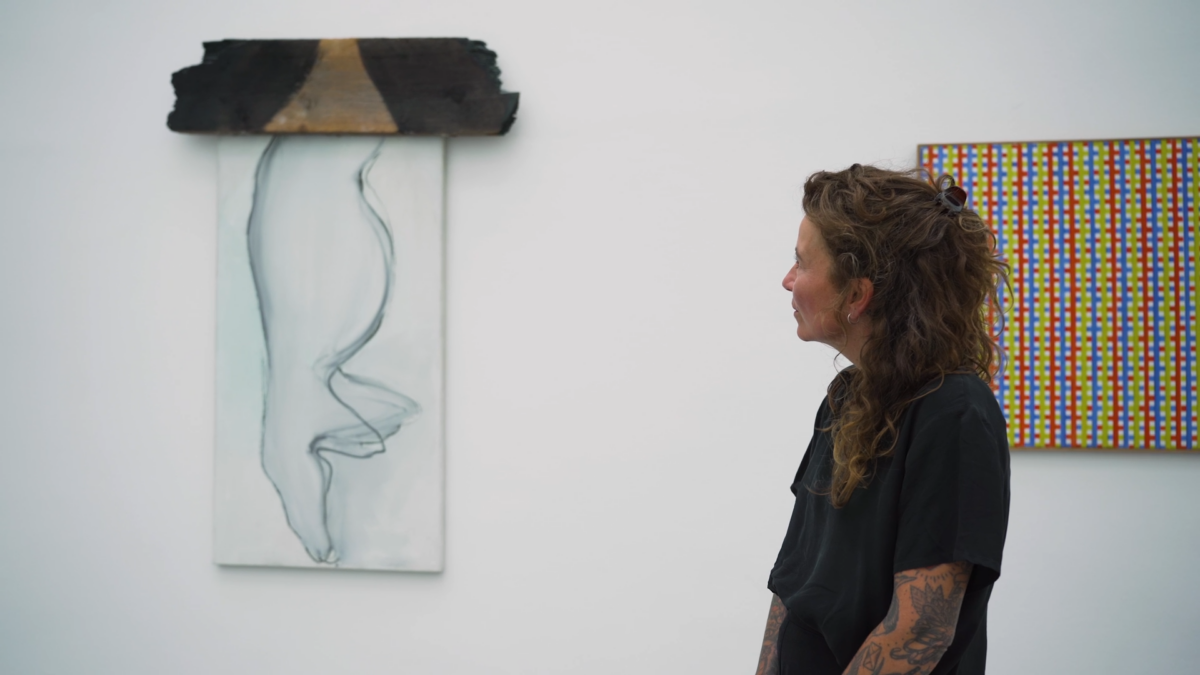Aenne Biermann
29. July 2019 · by Dr. Simone Förster
Exhibition
Today, Aenne Biermann (1898–1933) is considered one of the major proponents of ‘New Photography’. Although she was only active as a photographer for a few years and, unlike her female colleagues Florence Henri, Germaine Krull and Lucia Moholy, for example, had neither an artistic training nor moved within the avant-garde circles of major urban centres, Aenne Biermann developed her own markedly modern pictorial style that established her position as a representative of contemporary avant-garde photography within a very short time. Clear structures, precise compositions with light and shadow, as well as cropped images focussing on specific details are characteristic of Aenne Biermann’s photography.
Intimacy with Things
They elicit a unique poetry from the people and objects in her everyday surroundings and establish an ‘intimacy with things’, as Aenne Biermann wrote in 1930.
Growing up in a Jewish factory owner’s family on the Lower Rhine, Aenne Biermann did not move on to higher education; instead, her musical skills were furthered and she was given piano lessons. Following her marriage to the merchant Herbert Biermann in 1920, she moved to Gera/Thuringia and became part of an upper-middle class, intellectual society that was extremely open to modern movements in art and culture and cultivated these within its own local radius. For Aenne Biermann, the starting point for her close involvement with photography was the birth of her children Helga (1920) and Gerd (1923).
Documentation and effect
In 1930 her photographs appeared in Franz Roh ́s ‘Fototek’ series of books: ‘Aenne Biermann. 60 Fotos’ is one of the rare monographs of a photographer’s work of the time.
Initially used merely as a medium to document her children’s progress, from the mid 1920s Aenne Biermann developed her own, creative sphere in her photographic work. She focussed her camera on plants, objects, people and everyday situations and used the medium as an artistic means to access her own personal surroundings. In 1928 the art critic Franz Roh arranged for the photographer’s first solo exhibition to be held at the Graphisches Kabinett Günther Franke in Munich and presented her work in ‘Das Kunstblatt’, a trend-setting monthly magazine for contemporary art in Germany.
This led to her participation in numerous major exhibitions of modern photography, such as ‘Film und Foto’ (1929), and solo exhibitions in Oldenburg, Jena and Gera. Aenne Biermann’s pictures received awards in photographic competitions and were published in books, art magazines and illustrated journals.
In 1930 her photographs appeared in Franz Roh ́s ‘Fototek’ series of books: ‘Aenne Biermann. 60 Fotos’ is one of the rare monographs of a photographer’s work of the time.As a result of the artist’s early death and the family’s forced emigration in the 1930s, a large part of the photographer’s archive was lost. Its whereabouts remains unknown to this day.
In more than forty years of extensive and intense research Ann and Jürgen succeeded in assembling a large number of images that give a representative picture of Aenne Biermann’s œuvre and now form one of the largest collections of the photographer’s work. The presentation comprises more than 100 original photographs, 73 of which are, in part, large-format exhibition prints from the holdings of the Ann and Jürgen Wilde Foundation. Loans from the Museum Folkwang, Essen, the Museum für Angewandte Kunst Gera, the Museum Ludwig, Cologne, the Staatliche Museen zu Berlin/Kunstbibliothek, the Münchner Stadtmuseum, the Galerie Berinson, Berlin, the Franz Roh Estate and the Dietmar Siegert Collection, Munich, as well as the Ann and Jürgen Wilde Archive, Zülpich, complement the exhibition.
Film-Matinée
Aus Anlass der Ausstellung „Aenne Biermann. Vertrautheit mit den Dingen“ zeigen wir filmische Porträts von Aenne Biermann, Ilse Bing und ringl+pit (Ellen Auerbach und Grete Stern), Fotografinnen einer Generation mit deutsch-jüdischem Hintergrund und Protagonistinnen der Avantgardefotografie der 1920er und 1930er Jahre. Auf unmittelbare Weise fließen in den drei dokumentarischen Filmen Persönlichkeitsgeschichte, Zeitgeschichte und Geschichte der Fotografie zusammen.
Der Filmemacher Heiko Arendt begab sich 2014 auf die Spuren der Fotografin Aenne Biermann (1898 1933) in Gera und Israel. Begegnungen mit Zeitzeugen und Forschern machen den Kurzfilm zu einem einfühlsamen posthumen Porträt.
„Ich bin nicht Fotografin geworden, sondern ich war es einfach.“, sagt Ilse Bing (1899-1998) im kommentarlosen Interviewfilm der Dokumentarfilmerin Antonia Lerch. Die Avantgardekünstlerin und Fotojournalistin vermittelt mit spürbarer Begeisterung die Entstehungsgeschichte ihrer Fotografien.
In seiner Dokumentation „Das dritte Auge“ erzählt der Filmemacher Frieder Schlaich die Chronologie der ereignisreichen künstlerischen, beruflichen und persönlichen Lebensläufe der Fotografinnen Ellen Auerbach (1906-2004) und Grete Stern (1904-1999), bekannt unter dem Namen ihres gemeinsamen Ateliers „ringl+pit“, die er in New York und Buenos Aires besucht und begleitet.
Termine:
29.9.2019, 11 Uhr
Aenne Biermann - Fotografin, von Heiko Arendt, D 2014 (20 Min)
Ilse Bing, von Antonia Lerch, D 1993 (50 Min)
6.10.2019, 11.00 Uhr
Aenne Biermann - Fotografin, von Heiko Arendt, D 2014, (20 Min)
Das dritte Auge (Ellen Auerbach und Grete Stern), von Frieder Schlaich, D 1991-1995 (45 Min)
Ernst von Siemens-Auditorium, Eintritt frei
